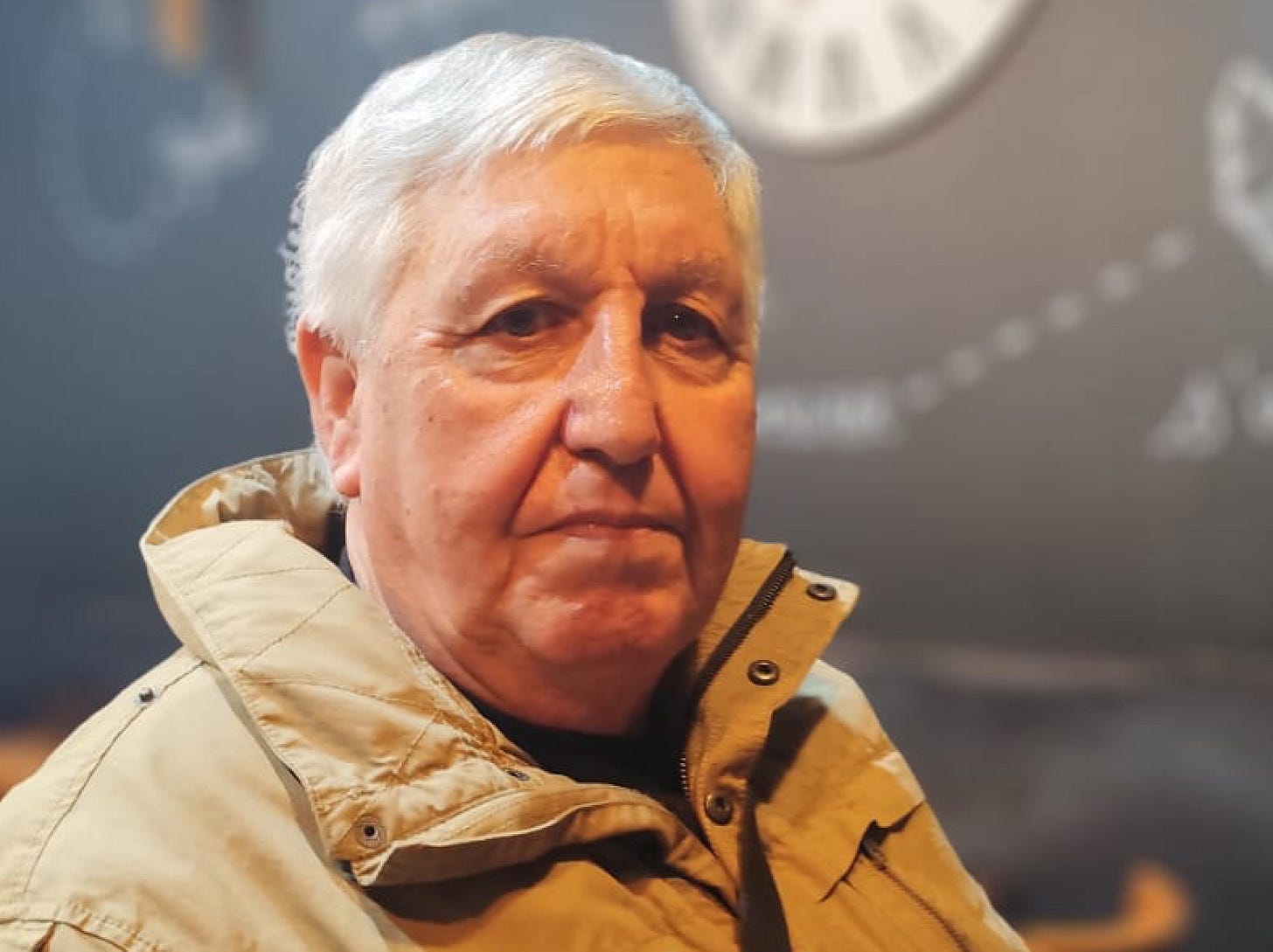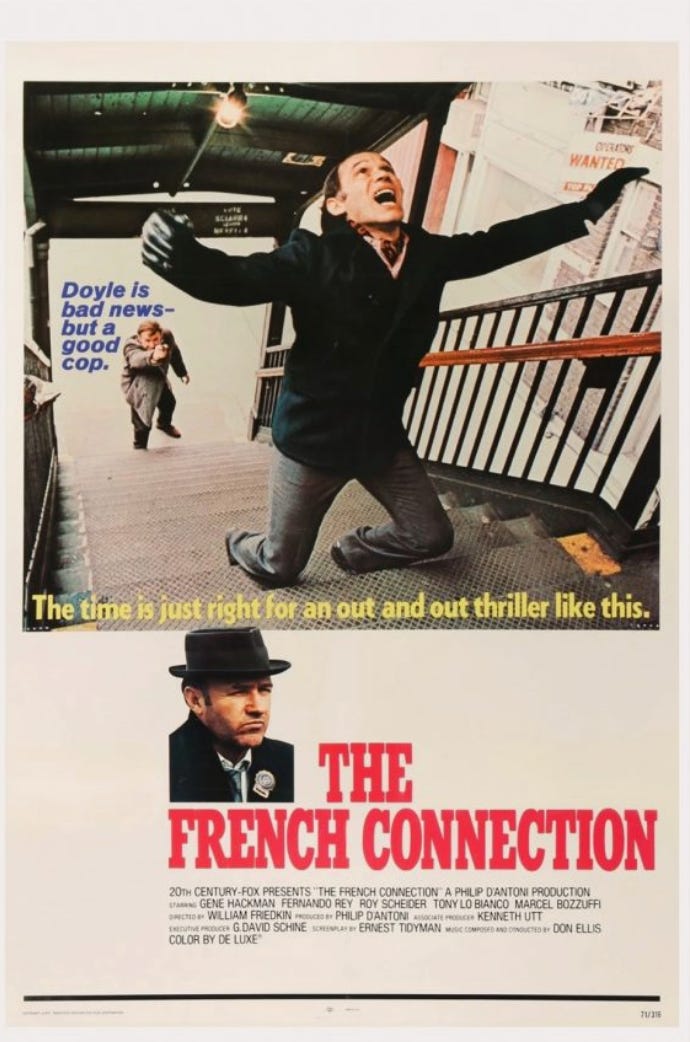The True Story of "The French Connection"
Milou worked with the Marseilles mafia to supply Americans with heroin. So did government agencies.
Para leer en español click aqui.
The first time “Milou,” or Emile Diaz, went from Marseilles to Turkey to buy morphine base was back in 1964 when he was 21 years old. He drove with half a million dollars stashed all over the car - inside seats, under the floor, in a second gas tank - and was terrified he would get caught and end up in a horrific Turkish prison. He found out, however, that the suppliers were protected by the Turkish army and he didn’t have anything to worry about.
“They were untouchable,” Milou tells me. “Getting arrested was impossible in Turkey. We were working with the military.”
Milou made it back to France with the “trap car” filled with kilos of morphine base, which is ten times more concentrated than opium gum. His associates in the Marseilles mafia put the base through labs to make 98-percent heroin, which he boasts was the purest in the world. They shipped it over the Atlantic to consumers in the budding American smack market and reaped millions in profit.
Milou is one of the last survivors of the so-called “French Connection,” a name for the heroin route coined by U.S. journalist Robin Moore and made famous by the 1971 movie with Gene Hackman. Now 81-years old, and seasoned by five stints behind bars, Milou feels he can tell his story without worrying about repercussions; he was recently called to testify before the French senate.
Milou has served time for heroin, cocaine, explosives, robbery and pimping and been in shootings. But he is friendly and un-threatening in person and undeniably fascinating company and we talk for hours sipping cups of espresso in a Marseilles cafe owned by his grandson. He offers valuable insight into an important and prickly chapter in the history of the drug trade.
The French Connection fed American opiate abuse after World War Two up to the 1980s building a foundation for heroin abuse. And it relied on cooperation with agencies from various governments.
Turkey was a member of NATO and had U.S. nuclear weapons on its soil while it was, as Milou describes, a huge hub for opium gum and morphine base from across the Middle East. The Marseilles mafia had “friends” in the French police, the Marseilles mayor as an ally, and Milou claims, President Charles de Gaulle himself turned a blind eye on drugs going to Americans.
But the CIA had also worked with the Marseilles mafia (or “milieu marseillais” as it’s known) in its infancy. It used the mobsters to break communist strikes in the fragile years after World War II when it was scared Europe would turn red. It thus bolstered the same network of gangsters, and their political protectors, that would help create the American smack habit.
CIA official Tom Braden admitted the links to the Marseilles underworld in a strikingly candid 1967 editorial entitled, “I’m glad the CIA is ‘immoral.’ ” Braden was hitting back against criticism in the era and he described how the agency was effective in fighting communism, funneling money to break up a dock strike in Marseilles in 1950. He even identifies the exact paperwork for one payment of $15,000 that he gave to Irving Brown, a U.S. labor leader and CIA operative, for strike breaking in Europe.
“He [Brown] needed it to pay off his strong-arm squads in Mediterranean ports so that American supplies could be unloaded against the opposition of communist dockworkers,” Braden wrote. “Were the undercover payments by the CIA ‘immoral.’ Surely it cannot be ‘immoral’…
Sorry folks, you need to subscribe to read the rest of the story. But it’s only the price of a cuppa coffee and you get the full archive including exclusive interviews with cartel operatives and maps of cartel territory. You’ll be the best-informed in the room and be supporting true independent journalism - and this line of work is risky business that needs a hand.



